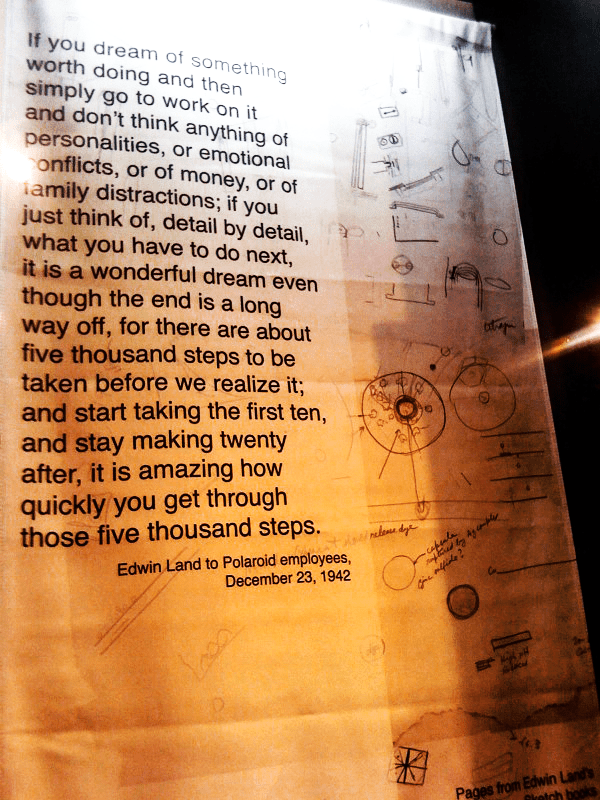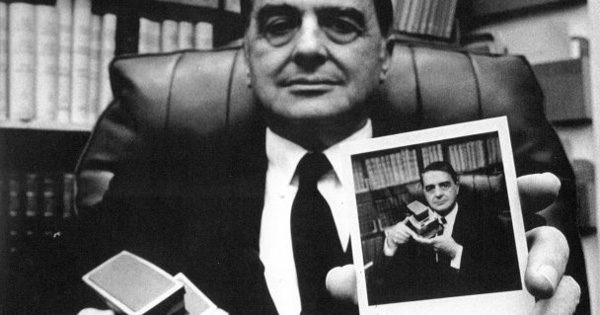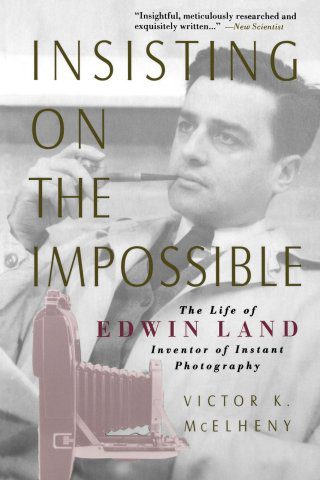In the fall of 1943, a little girl asked her father why she couldn’t see a photograph immediately after it was taken — a blasphemous proposition in the era’s photographic paradigm. Fortunately, her father happened to be Edwin Land (May 7, 1909–March 1, 1991), the iconic inventor and founder of Polaroid Corporation. So rather than dismissing the question as an impossibility, he took it as a challenge, then made history — in February of 1947, the world’s first Polaroid camera hit stores and unleashed one of the most creative movements in the history of the static image.
Upon a recent visit to the MIT Museum, which had just acquired the world’s largest collection of Polaroid images and ephemera, I was struck with this note from Land to Polaroid employees, written on two days before Christmas of 1942 and displayed at the museum alongside some of his sketches:

If you dream of something worth doing and then simply go to work on it and don’t think anything of personalities, or emotional conflicts, or of money, or of family distractions; if you just think of, detail by detail, what you have to do next, it is a wonderful dream even if the end is a long way off, for there are about five thousand steps to be taken before we realize it; and start making the first ten, and stay making twenty after, it is amazing how quickly you get through those five thousand steps.
Nothing captures Land’s rags-to-riches story and his remarkable entrepreneurial spirit better than Insisting On the Impossible: The Life of Edwin Land, a book by former New York Times columnist Victor McElheny, which, although more than a decade old, remains a timeless Polaroid of the thrilling and turbulent world of innovation and entrepreneurship.




